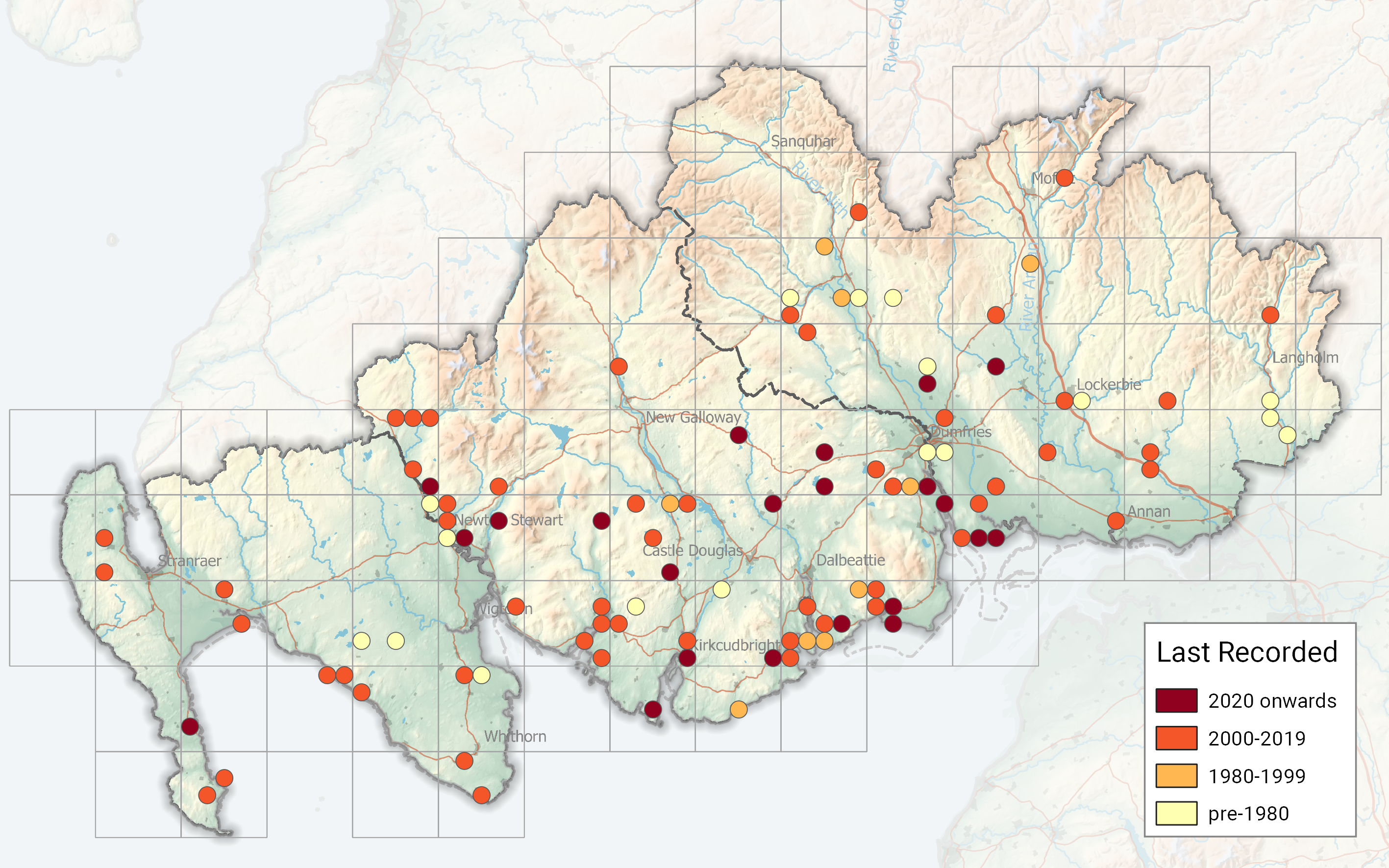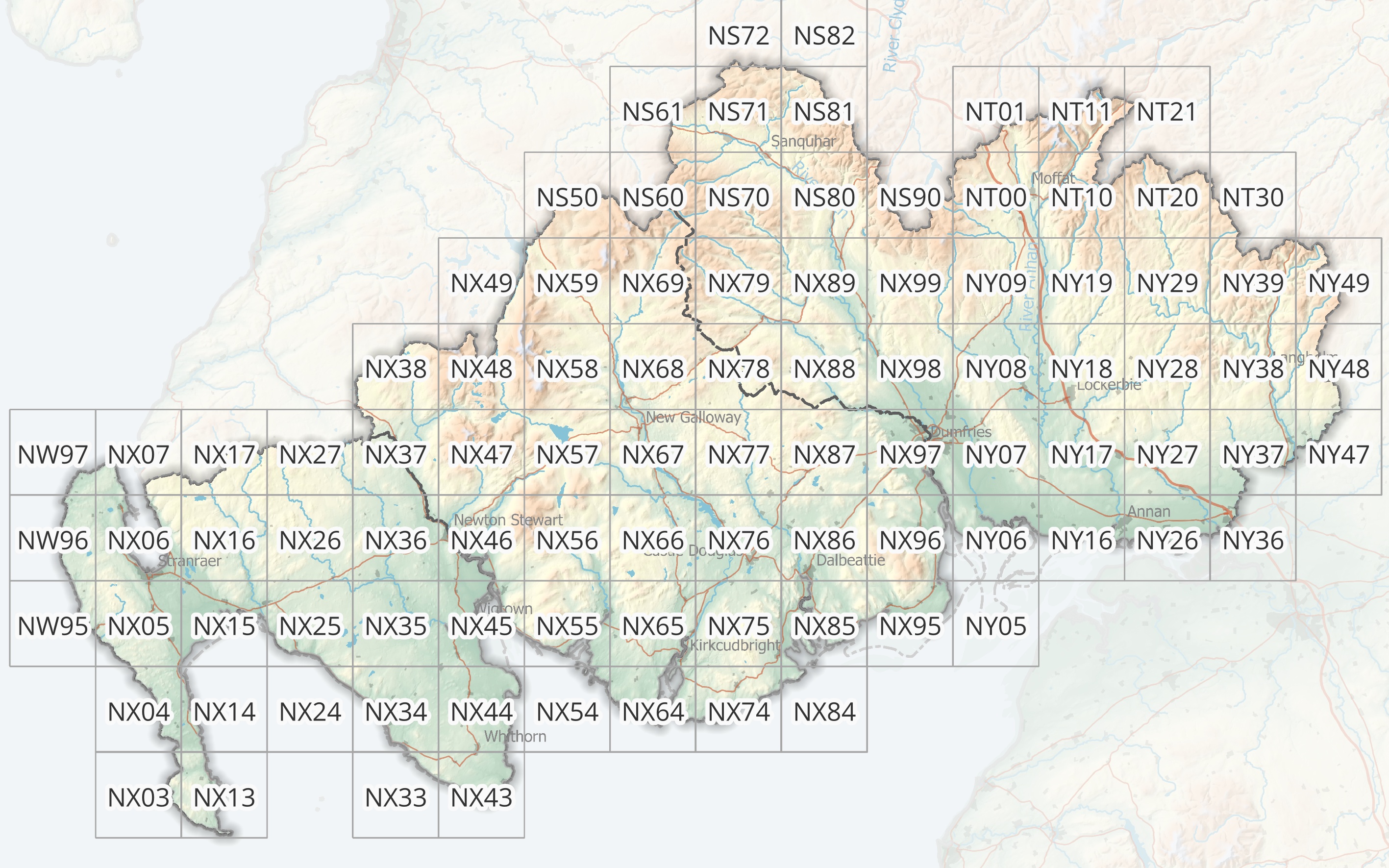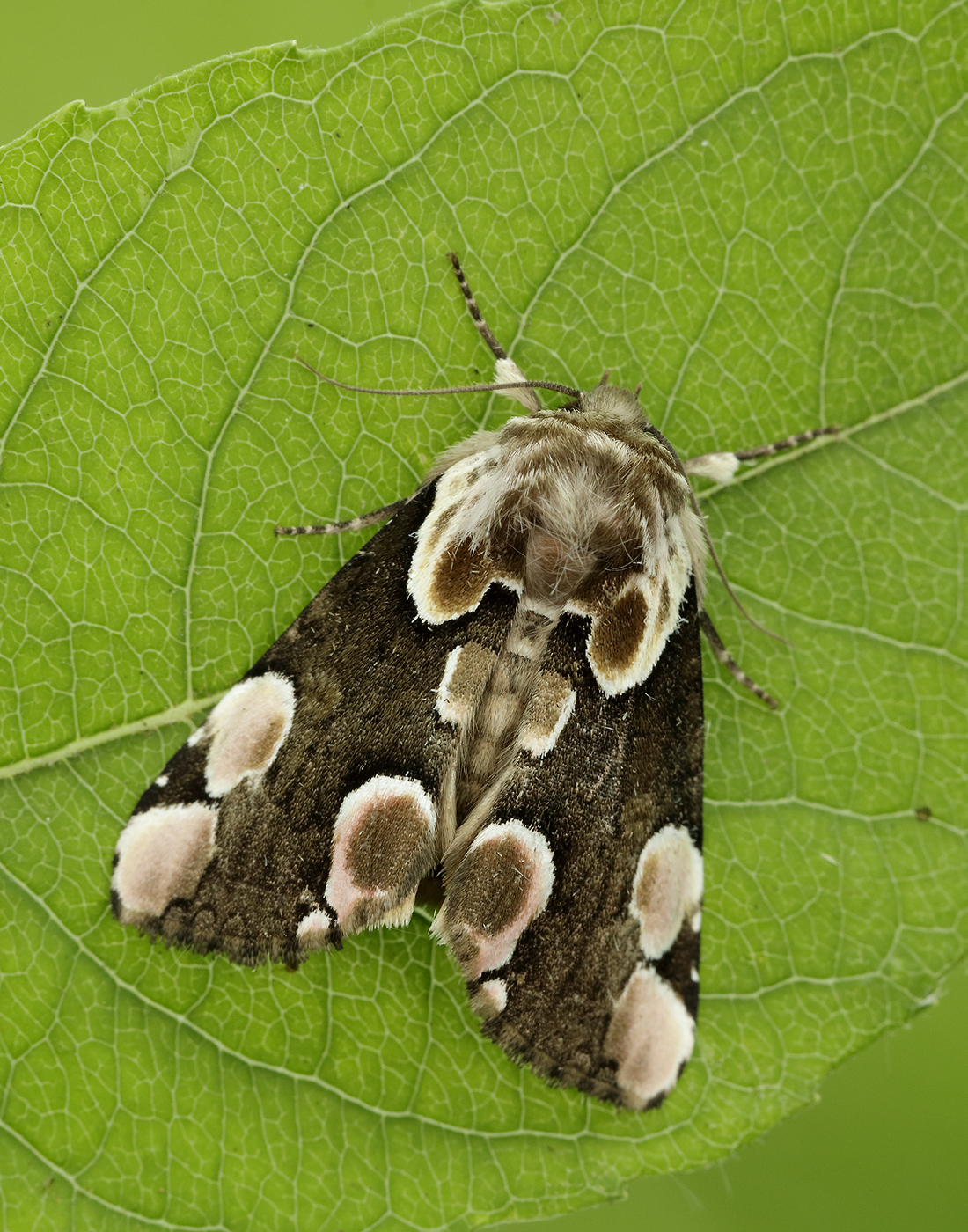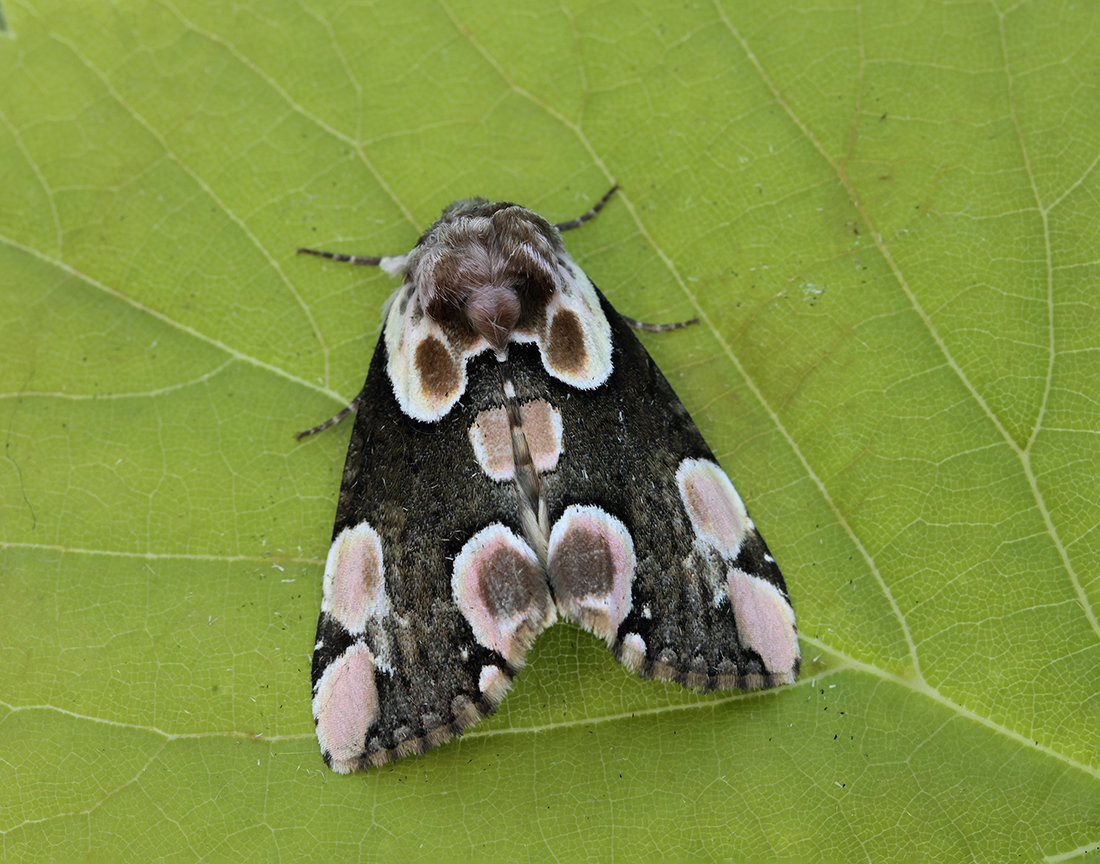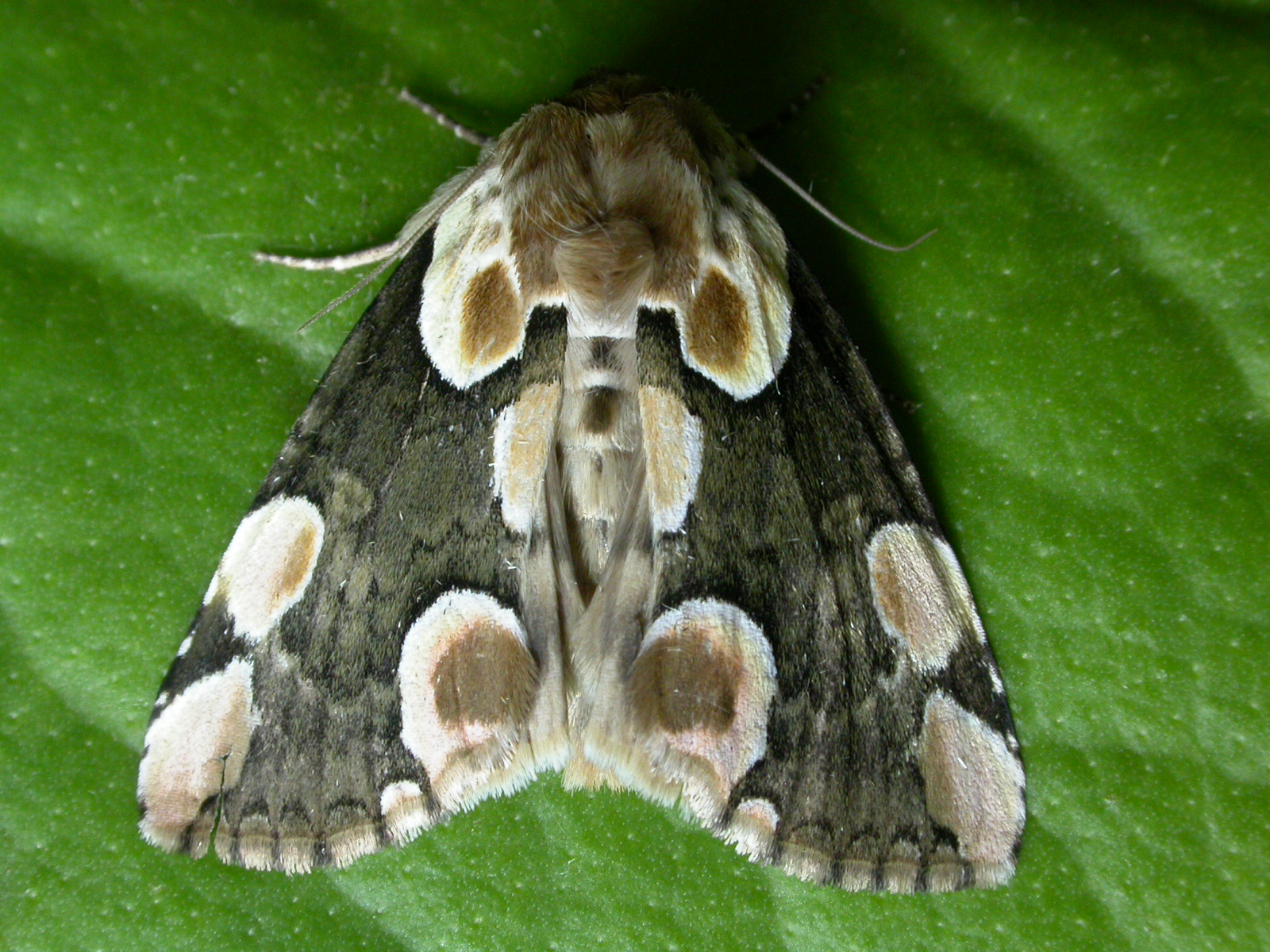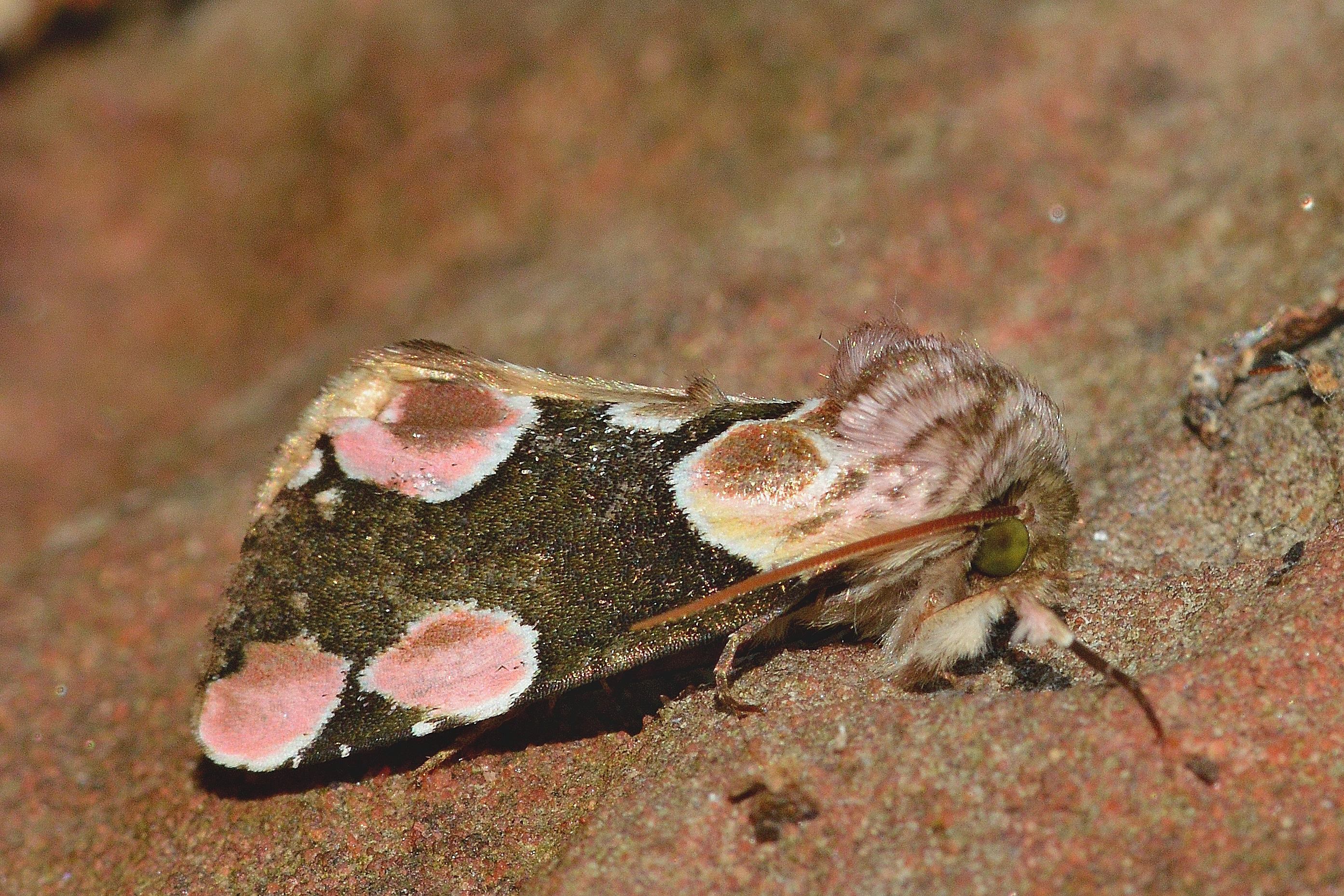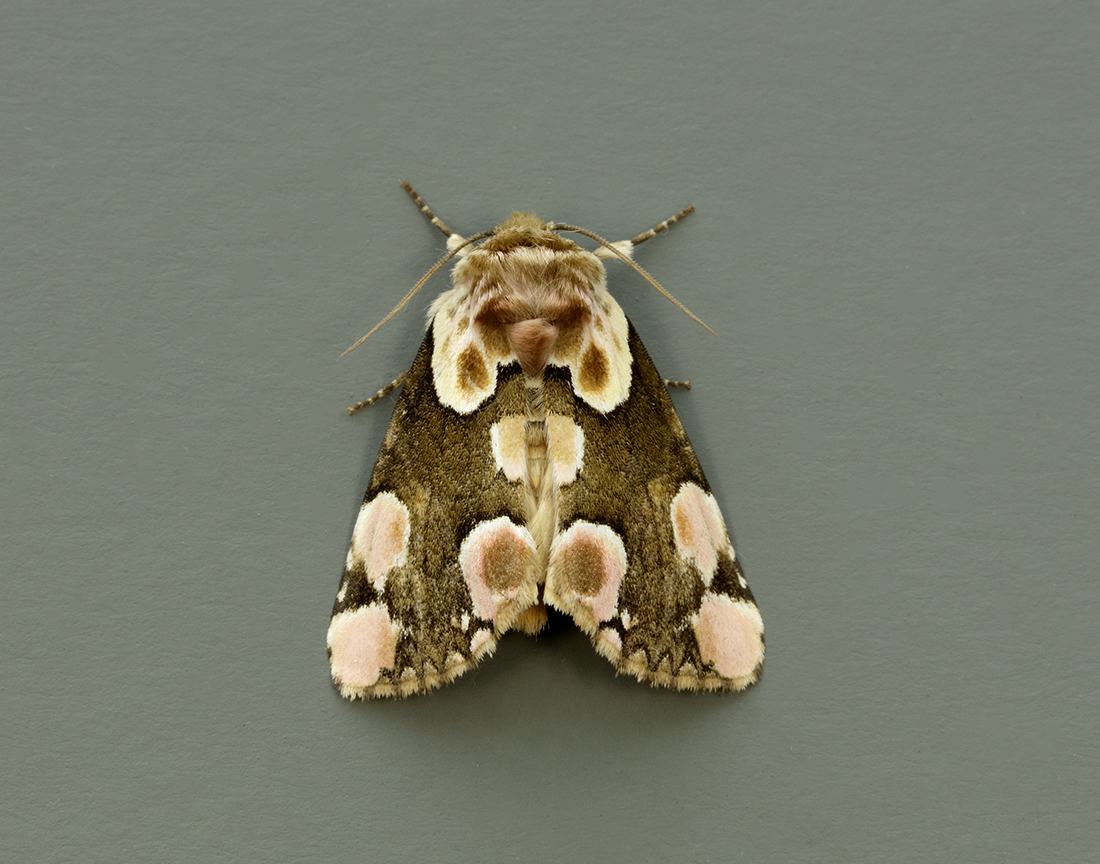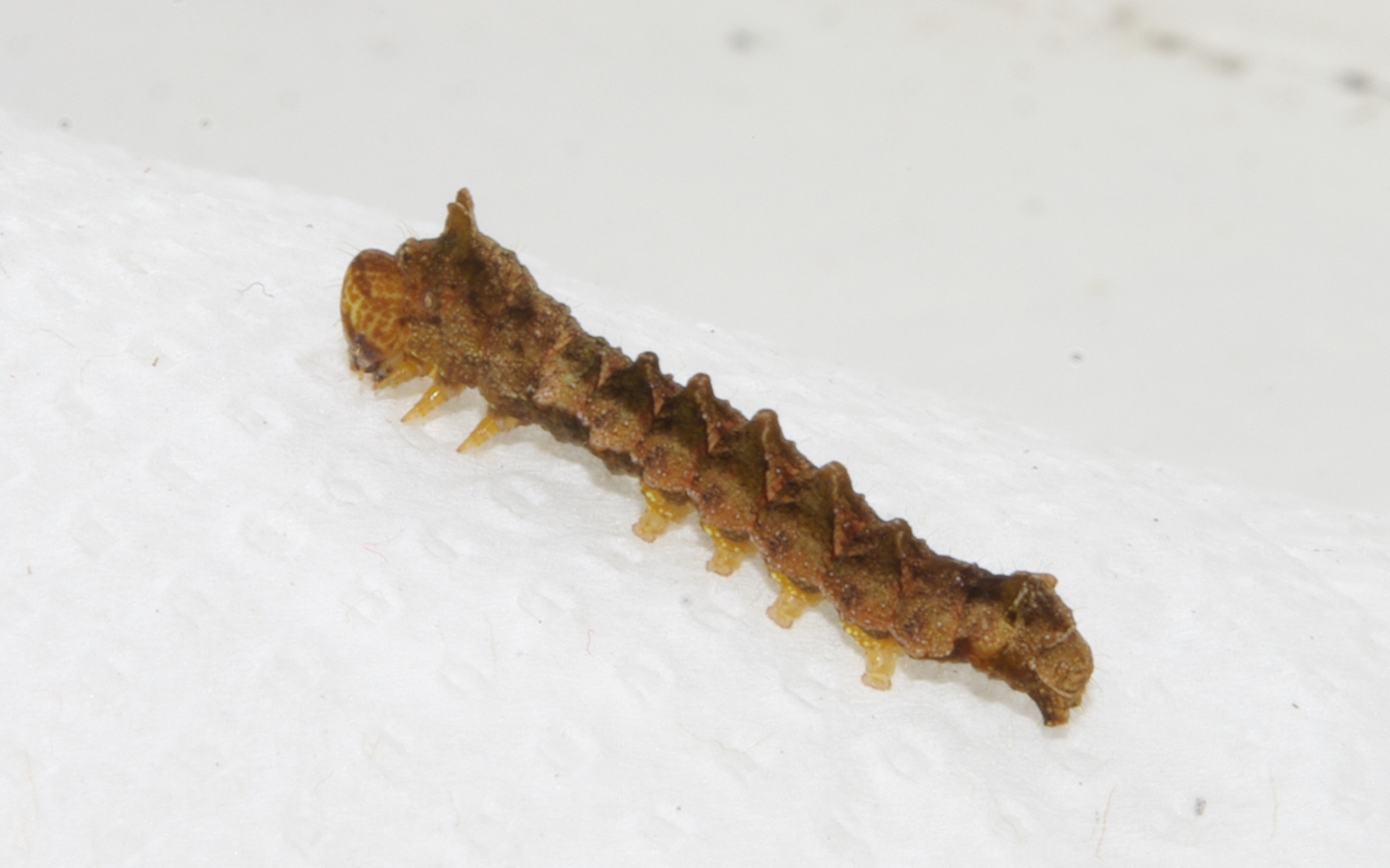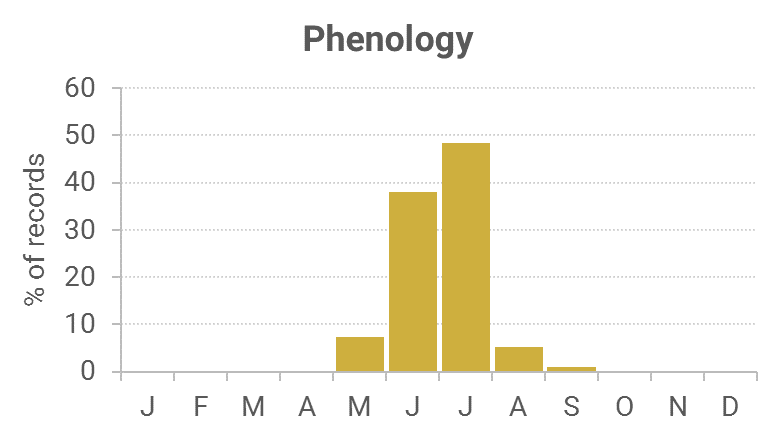Identification
Unmistakable with the pink blotches.
Life cycle
One generation. Overwinters as a pupa in a cocoon just below the soil surface. Larvae are present early July to mid September.
Larval foodplants
Bramble.
Habitat
Light woodland and wherever Bramble grows.
History 1860-2010
Lennon (1863) had found that it was not common, but had a record from Castledykes (VC72). W. Douglas Robinson (1870-71) had found one or two in July at sugar on Almorness (VC73). Buchanan White (1895) listed it as occurring in Colvend parish. Lennon recorded it as “not common,” during the second half of the 19th century, but the Gordon brothers had found it common at sugar around the turn of that century and the early part of the next. Gordon (1913) had found it flying at dusk in open spaces in woods about Corsemalzie (VC74) during early June. Earliest date was 31st May 1897.
Sir Arthur Duncan (1909-84) during his lifetime had found it at Closeburn, Tynron and Castlehill, Dumfries (all VC72). Archibald Russell (1944) while staying at Gatehouse of Fleet during 1942-43 had found the Peach Blossom locally. Cunningham (1951) wrote: ‘This beautiful insect was more common than usual in 1950. At least a dozen came to sugar between 2nd June and 8th July 1950, whereas I see only three or four in a season normally.’
During 1974-92 there were about one hundred records from six of the Rothamsted stations between them with Caerlaverock being the odd one out.
From 1992 to 2010 there were 125 records with a good portion of them from the regular trapped sites at Kirkton, Mersehead RSPB, Cally Woods, Carsfad at Dalry, Forest Moor, Auchencairn and Old Torr, with the rest from various sites across the region.
